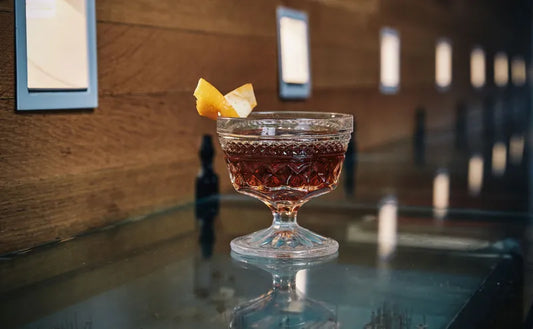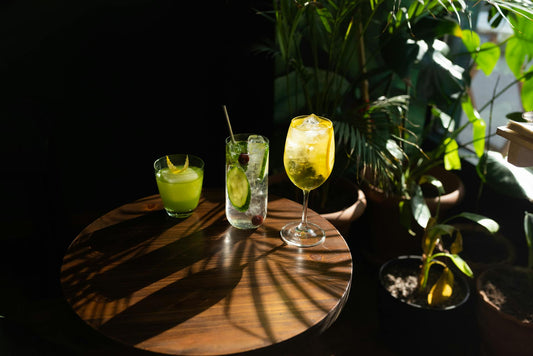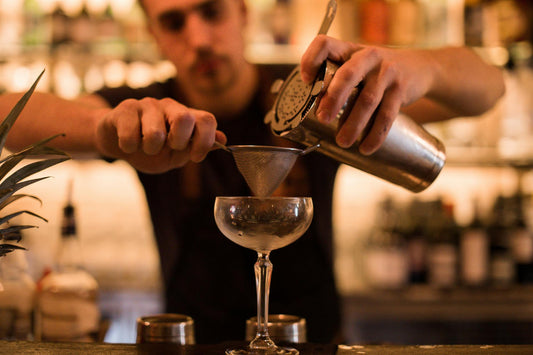Pisco Sour: A Taste of Peru's National Cocktail Experience
SWEET to SOUR
(1-10)
STRENGTH
(1-10)
CALORIES
STANDARD
DRINKS
Note: these values are approximate and may vary dependent on the ingredients and brands you use.
More information...
The Pisco Sour is a cocktail that embodies the spirit of South America, particularly Peru, where it is considered the national drink. This delightful concoction is a perfect blend of flavors and textures, making it a favorite among cocktail enthusiasts. The Pisco Sour is not just a drink; it is a celebration of culture, tradition, and the art of mixology.
At the heart of the Pisco Sour is BarSol Mosto Verde Italia Pisco, a high-quality Peruvian brandy made from the distillation of fermented grape juice. This pisco is known for its fruity and floral notes, which serve as the foundation for the cocktail. The drink is further enhanced by the addition of freshly squeezed lime and lemon juices, which provide a zesty brightness that cuts through the richness of the other ingredients. The balance of sweet and sour is achieved with a rich sugar syrup, made from two parts sugar to one part water, ensuring that the sweetness complements rather than overwhelms the other flavors.
One of the unique aspects of the Pisco Sour is the use of egg white or aquafaba, which adds a luxurious frothiness to the drink. This ingredient not only contributes to the cocktail's creamy texture but also helps to create a beautiful foam on top, which is essential for the presentation. The dry shake technique, where the ingredients are shaken without ice after the initial shake, is crucial for achieving that perfect frothy head. This method allows the egg white to emulsify properly, resulting in a smooth and velvety mouthfeel.
To elevate the Pisco Sour further, a few drops of orange blossom water can be added, imparting a subtle floral aroma that enhances the overall sensory experience. Additionally, a saline solution is included, which may seem unusual but serves to amplify the flavors, making them more vibrant and pronounced. The final touch is the garnish of Amargo Chuncho bitters or Angostura bitters, which not only adds a decorative element but also signifies health, wealth, and happiness—a nod to the cocktail's cultural significance.
With an alcohol strength of 7 out of 10, the Pisco Sour is potent yet approachable, making it an excellent choice for both seasoned drinkers and those new to cocktails. The taste profile leans towards the sweet side, rated at 7 out of 10, but the acidity from the citrus juices balances it beautifully, creating a harmonious blend that is refreshing and invigorating. Each sip is a delightful dance of flavors, with the sweetness of the sugar syrup, the tartness of the citrus, and the warmth of the pisco all coming together in perfect unison.
Nutritionally, the Pisco Sour contains approximately 210 calories and equates to about 1.5 standard drinks, making it a relatively moderate choice for a cocktail. This makes it a suitable option for social gatherings or a relaxing evening at home.
In conclusion, the Pisco Sour is more than just a cocktail; it is a representation of Peruvian heritage and a testament to the craft of cocktail making. Its combination of flavors, textures, and cultural significance makes it a must-try for anyone looking to explore the world of cocktails. Whether enjoyed at a bar in Lima or crafted at home, the Pisco Sour is sure to impress and delight.



